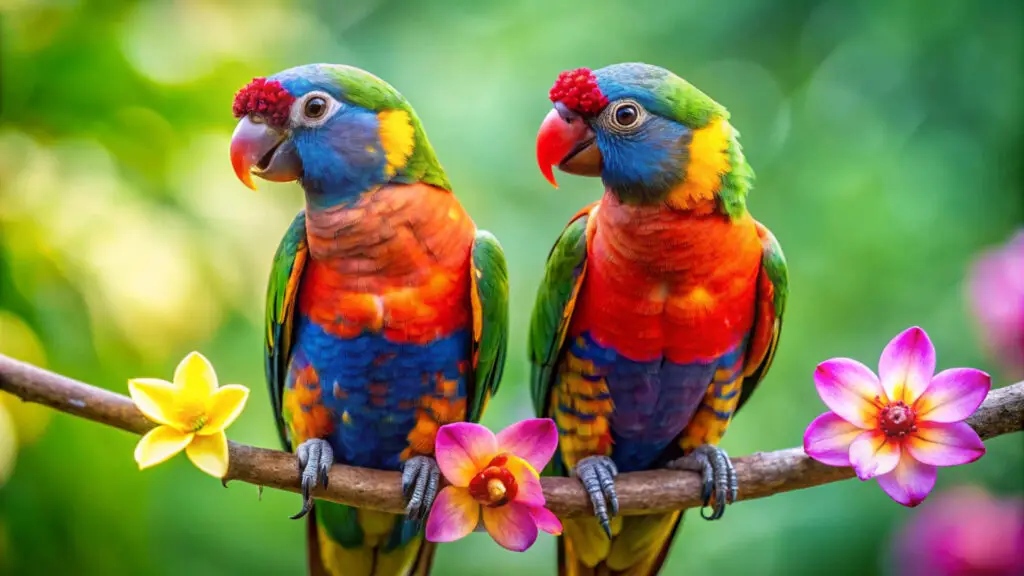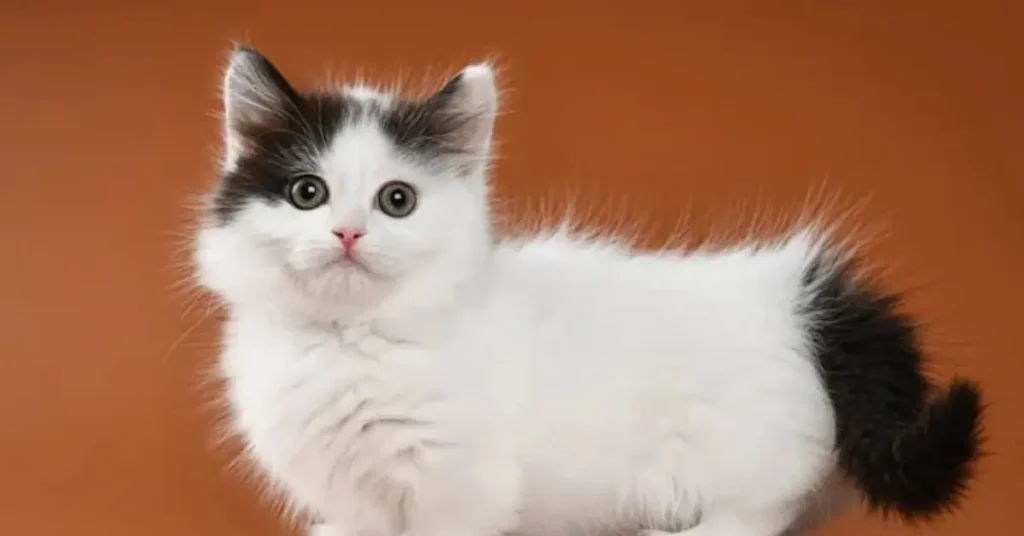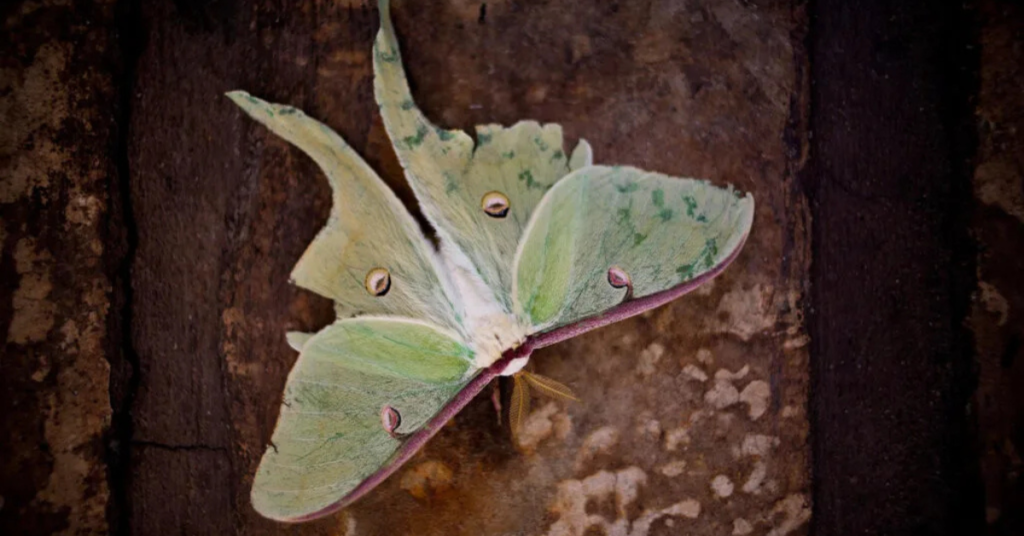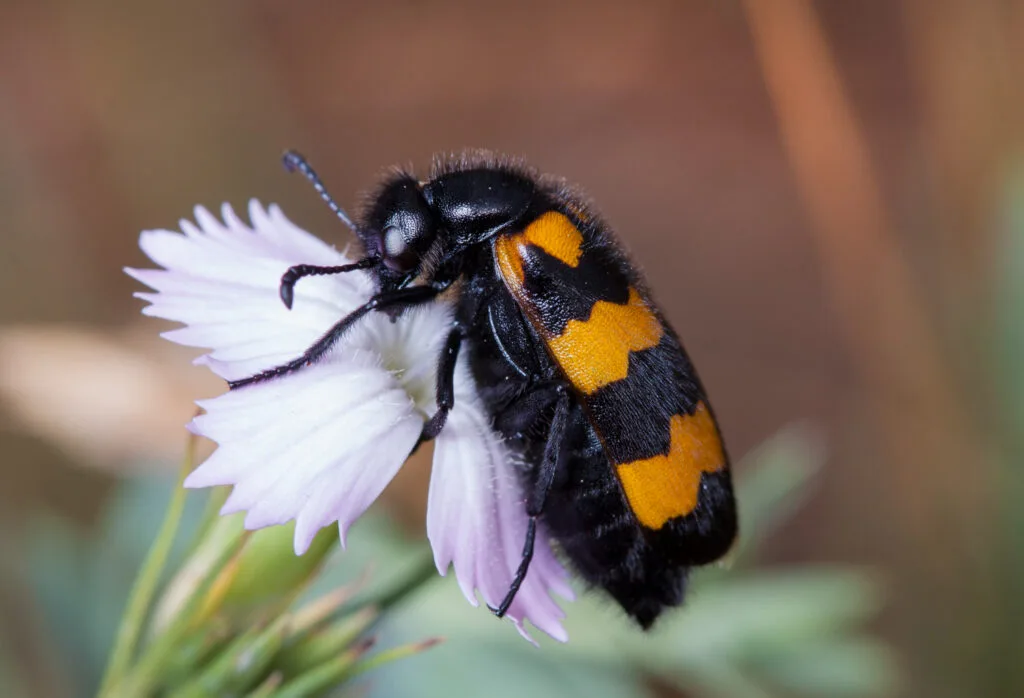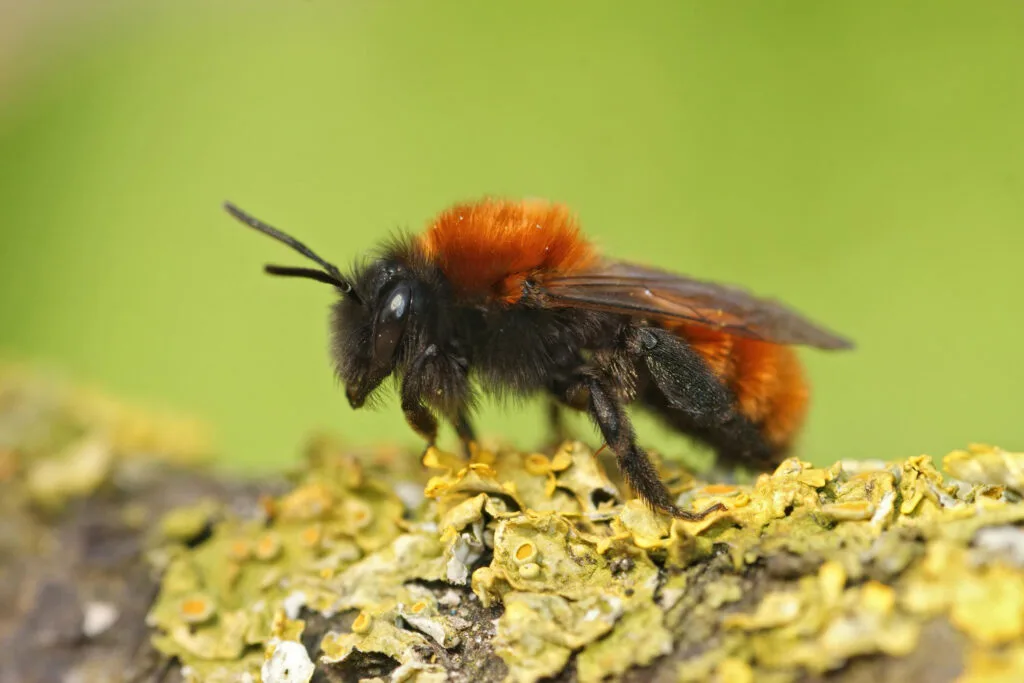Parrots aren’t just beautiful to look but they have personality that is bold, curious, and full of charm. Known for their intelligence and complex emotional lives, parrots rely heavily on non-verbal cues and instinctual behaviours to communicate. These clever birds use body language, sounds, and actions to express their feelings, needs, and moods.
They use different behaviors to communicate with their environment and owners. Whether you’re already owning a parrot or just thinking about to take parrot as a pet to home, It is important to understand and recognised these common parrot behaviors is essential for nurturing a happy, healthy relationship. In this detailed guide, we’ll break down 10 of the most common parrot behaviours, explain what they signify, and offer tips to support your parrot’s mental and emotional well-being.
Table of Contents
ToggleWhy It’s Important to Understand Common Parrot Behaviors
Unlike dogs or cats, parrots don’t always communicate through familiar sounds or gestures. They rely heavily on body language, vocalisation, and environmental interaction. Misinterpreting these signs can lead to frustration, stress, or even behavioural problems. This guide will help you better interpret what your parrot is trying to tell you—so you can respond appropriately and nurture a happy, healthy bird.
1. Feather Fluffing – Comfort or Health Signal?
Feather fluffing is one of the most common parrot behaviors you’ll observe. Parrots often fluff up their feathers to:
- Regulate body temperature (especially during rest)
- Show contentment and relaxation
- Dry themselves after a bath
However, constant fluffing could indicate illness, particularly if paired with lethargy or loss of appetite. If your bird stays fluffed for extended periods, consult an avian vet.
2. Beak Grinding – A Sign of Contentment
Don’t worry if you hear a soft grinding noise when your parrot is relaxed or ready to sleep. Beak grinding is one of the common parrot behaviors that indicates:
- Relaxation and comfort
- Feeling safe and secure
- Winding down for bedtime
It’s a natural sound, similar to a cat’s purr. A grinding beak means your bird feels at peace in its environment.
3. Screaming – Vocal Communication or Attention-Seeking?
Parrots are loud by nature, and screaming can be part of their normal vocalisation. But excessive screaming often stems from:
- Boredom or lack of mental stimulation
- Loneliness or attention-seeking
- Changes in routine or environment
To reduce this common parrot behavior, ensure your bird has enough toys, social interaction, and enrichment activities.
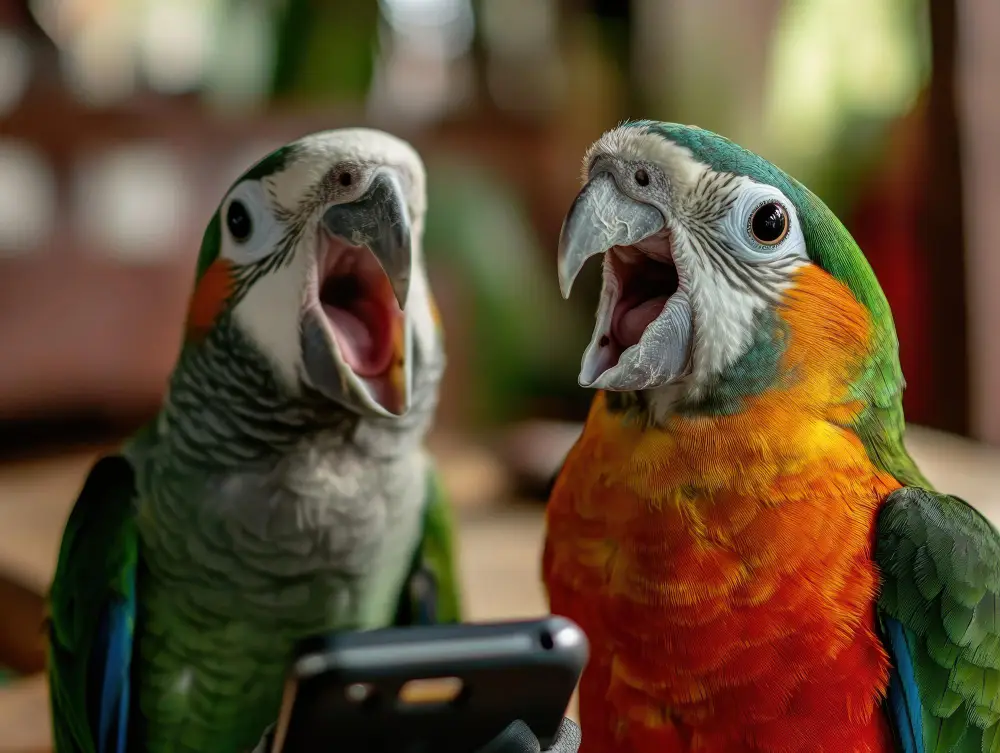
4. Feather Plucking – A Warning Sign
Feather plucking can be a serious issue. Unlike preening, which is healthy grooming, plucking is compulsive and often caused by:
- Stress or trauma
- Illness or skin irritation
- Lack of stimulation
This common parrot behavior should never be ignored. Early intervention can prevent long-term psychological or physical damage.
5. Head Bobbing – Excitement, Hunger, or Flirting?
Head bobbing is a typical common parrot behavior, especially in younger birds. Depending on the context, it can mean:
- Excitement or high energy
- Begging for food (especially in hand-fed parrots)
- Courtship or hormonal behaviour in adults
Observe body language and surroundings to understand the motive behind the head bob.
6. Beak Banging or Tapping – Territorial Display
Some parrots will bang their beaks against cage bars or toys. This common parrot behavior can indicate:
- A show of dominance or territory marking
- Attention-seeking or boredom
- Hormonal changes or mating behaviour
If done excessively, it might indicate stress or a need for more enrichment in the cage.
7. Eye Pinning – Excitement or Aggression?
Eye pinning—where your parrot’s pupils rapidly contract and dilate—is a fascinating common parrot behavior. It may signal:
- Excitement or curiosity
- Aggression or fear
- Anticipation of food or toys
Context matters. Watch other body cues like feather position or body stance to interpret the message correctly.
8. Wing Stretching – Just a Morning Stretch or More?
Parrots often stretch one wing and one leg at a time, sometimes with a little yawn. This common parrot behavior simply means:
- Muscle loosening after rest
- Normal stretching routine
- Feeling comfortable and relaxed
It’s a positive sign and part of healthy bird behaviour.
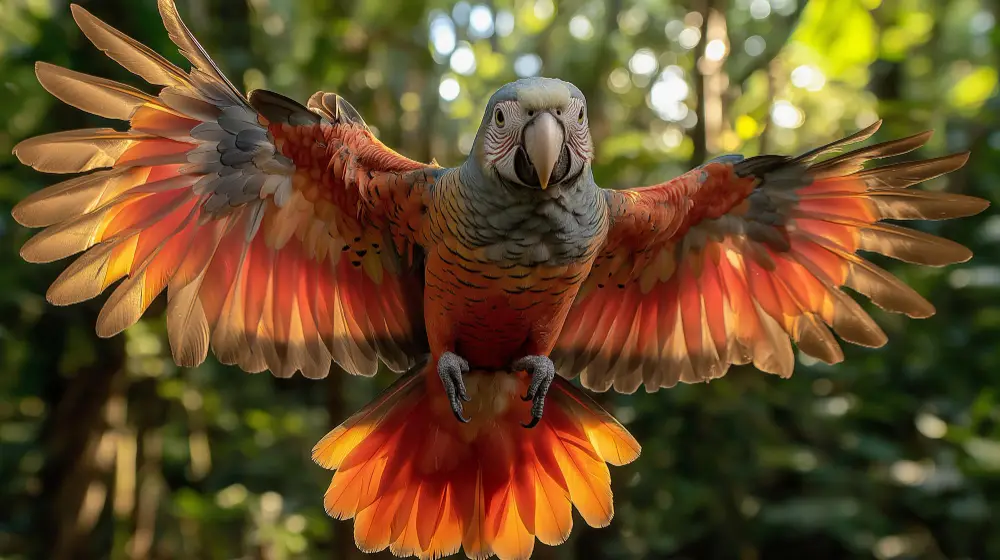
9. Regurgitation – Affection or Health Concern?
If your parrot regurgitates food for you or another bird, don’t panic. This common parrot behavior is usually a sign of affection, particularly:
- Courtship or bonding gesture
- Trust and attachment to a human or another bird
However, if regurgitation becomes frequent or is accompanied by other symptoms, consult a vet to rule out underlying illness.
10. Tail Wagging or Fanning – Communication Through Movement
Tail wagging can be a subtle but important form of parrot communication. This common parrot behavior could mean:
- Readiness to interact or take flight
- Drying after a bath
- Flirtation or display behaviour
Tail fanning with puffed-up feathers may also signal excitement or territorial warning, especially in species like Amazons or Cockatoos.
How to Respond to Common Parrot Behaviors the Right Way
Now that you’re familiar with the top 10 common parrot behaviors, it’s essential to:
- Create a stable, enriching environment
- Offer plenty of stimulation, toys, and social time
- Monitor changes in behaviour or patterns
- Avoid punishing natural behaviours—instead, redirect them
Understanding your parrot is about patience and observation. These behaviours aren’t just random actions—they’re how your bird communicates.
1. What does it mean when my parrot fluffs up?
It can indicate comfort, sleepiness, or even illness if done excessively.
2. Is screaming a normal behaviour for parrots?
Yes, but excessive screaming often signals unmet needs like attention or stimulation.
3. How do I know if my parrot is happy?
Beak grinding, relaxed posture, and soft vocalisations are good signs of a content bird.
4. Should I be concerned if my parrot plucks its feathers?
Yes, feather plucking usually indicates stress or health issues and needs prompt attention.
5. What’s the best way to handle aggressive parrot behaviours?
Stay calm, avoid reinforcement of bad behaviour, and identify environmental or social triggers.
Conclusion
By learning the deeper meaning behind these common parrot behaviors, you’re not just decoding your bird’s language—you’re also becoming a more responsible and connected owner. Each movement, sound, and gesture carries a message. When you understand it, you build trust, reduce stress, and give your parrot a better life.
So, next time your parrot fluffs up, screams, or bobs its head, you’ll know exactly what’s going on—and what to do.

